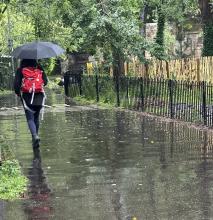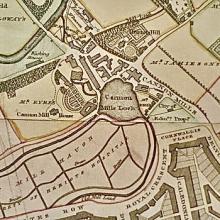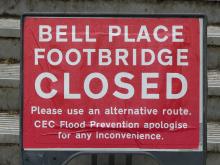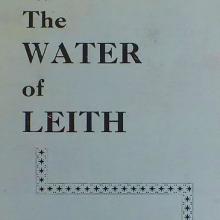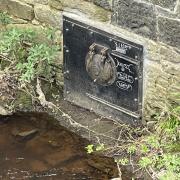
SCOTTISH WATER LACKS DATA
Data supplied by Scottish Water sheds light on the network of combined sewer overflows (CSOs) feeding into the Water of Leith.
The figures quoted were obtained in response to a request made by Harald Tobermann, vice chair of Leith Central Community Council, under Environment Information (Scotland) Regulations, 2014.
Background
In many places across the country, surface-water drains are connected to the sewerage system. To prevent effluent backing up into homes and businesses during heavy or prolonged rainfall events, CSOs drain into the river system and eventually the sea. Chapter and verse here.
Scottish Water (SW) says such sewage tends to be very dilute and does not usually represent a threat to the health of humans or wildlife. More dangerous to the long-term wellbeing of rivers, they argue, is sewage-related debris (SRD): e.g., plastics, wet wipes, cotton buds, nappies and sanitary products wrongly flushed into the system.
However, in Appendix 1 here (p.8), SW also concedes that across Scotland:
- 80% of its CSOs are not screened, therefore allowing SRD into the system
- The best screens are only 90% efficient. Over 600 CSOs are considered unacceptable.
- Long-term pollution can have harmful impacts due to the build-up of ammonia and reduced dissolved oxygen.
- Bacterial pollution is not investigated anywhere except 85 designated bathing areas.
- The environmental impacts of macro and micro plastics, many pharmaceuticals, hormones, viral pollution and microbial development/resistance are not fully understood or assessed.
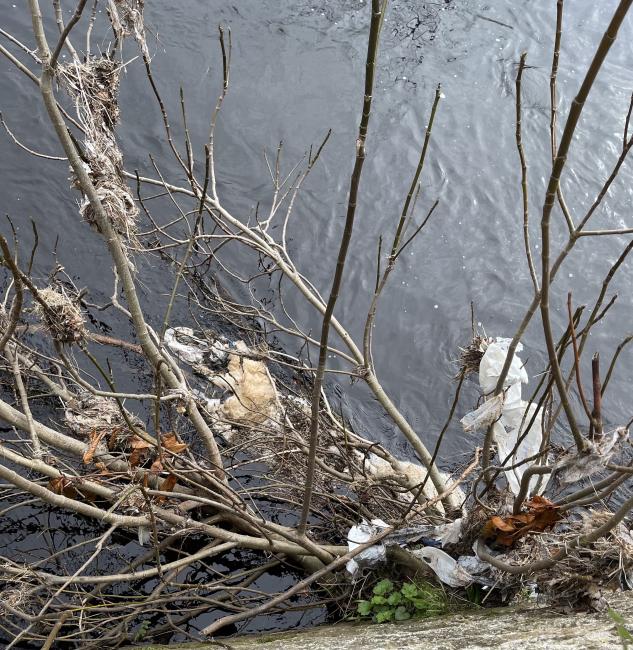
Route map
In setting out a route map to improve the situation, SW says ‘Using traditional approaches (such as screens and underground storage tanks) to improve known water quality and SRD problems would require investment estimated at around £1bn.
‘Eliminating spills could require duplication of the existing sewer network and have an estimated cost of around £13bn.’
However, not only would building such infrastructure be highly disruptive, but – because of the amount of concrete and energy involved – it would create significant greenhouse gases.
Achieving more sustainable improvements (principally by removing SRD and surface water from the sewerage system), SW says, first requires accurate data. What the figures obtained by Tobermann suggest (see foot of page) is that the monitoring of spillages needed to build up that accurate data is not taking place nearly enough.
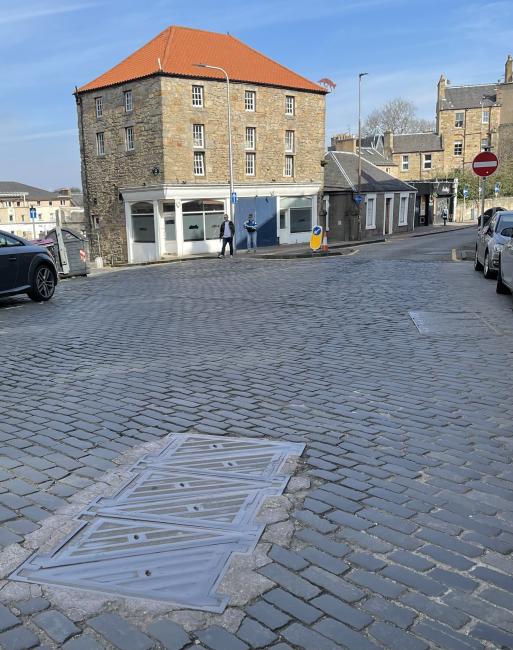
How many and where?
SW's figures reveal that 68 CSOs feed into the Water of Leith, 11 of them within or adjacent to Spurtleshire:
- Rocheid Path*
- Opposite 21 Brandon Terrace
- Howard Street/Canonmills Bridge
- 2 at Canonmills Bridge
- 33 Warriston Crescent
- Warriston Recreation Ground*
- Eyre Place*
- 31 Eyre Place
- 63 Connaught Place
- St Mark’s Park*
- Bonnington Industrial Estate.
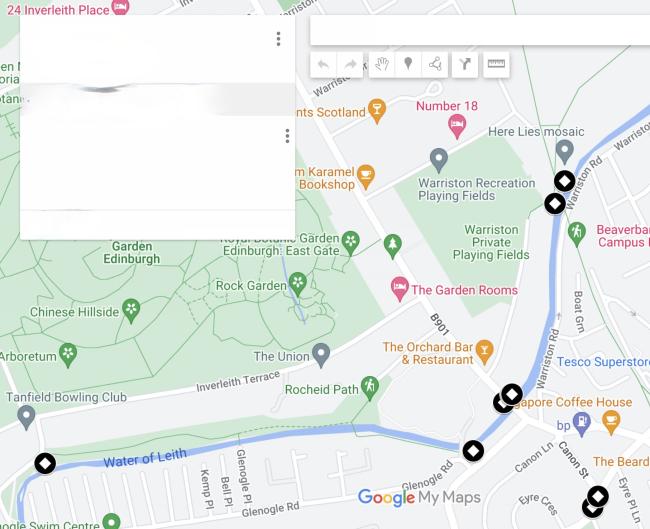
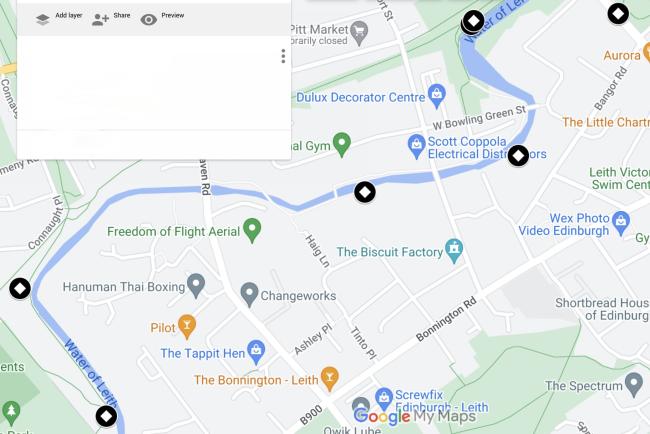
Overflow spills
Of the 68 CSOs, only 6 are currently monitored (none of them in Spurtleshire). These monitors recorded 110 overflow spills between 27 February 2022 and 27 February 2023, lasting for a combined total of 174.5 hours.
The worst offenders were both in (rainy) Currie. One situated west of Kinauld Farm (4 spills lasting 50 hours and 18 minutes in total). The other was at the Bowling Club (77 spills lasting 119 hours and 43 minutes in total). Two spills occurred during maintenance, but no detail is given about how long they lasted.
In both cases, the spills occurred despite recent improvements there to provide new CSO chambers, headwalls, screens and pipework.
Monitoring the monitors
Three CSO monitors have been added to Scottish Water’s asset inventory since figures for this began to be collected in 2016, but these may be clerical additions and are not necessarily new pieces of equipment in new locations. SW’s own system of recording appears unable to distinguish which ones are which.
No CSO monitors have been added to the inventory over the last 12 months.
Some 34 new monitors are scheduled for installation by December 2024 (those in Spurtleshire are asterisked in the bullet list above).
Two CSO monitors (one in Currie and one in Juniper Green) have had ‘comms issues’ since February 2022 but are still waiting to be fixed.
Scottish Water announced its intention to introduce 1,000 such devices nationwide in 2021. But, as noted in a Scotsman article of 27 February 2023, Scotland lags well behind England in terms of the proportion of CSO monitors already in place and how quickly the new ones will be introduced.
Unimpressed
Mr Tobermann, whose successful request for information sparked this article, remains sceptical about Scottish Water. He comments: ‘One could be forgiven for asking if SW's roadmap to upgrading CSOs is plastered not only with good intentions but also with sewage-related debris.
‘Stronger emotions may also be evoked by the knowledge that SW's boss, Douglas Millican, who has been responsible for this sorry saga since 2012, has been the recipient of the highest public-sector pay in Scotland.
‘The SW CEO makes a cool £295k per year before bonuses and pension contributions, which should be incentive enough to get the job done properly and in timely fashion.’
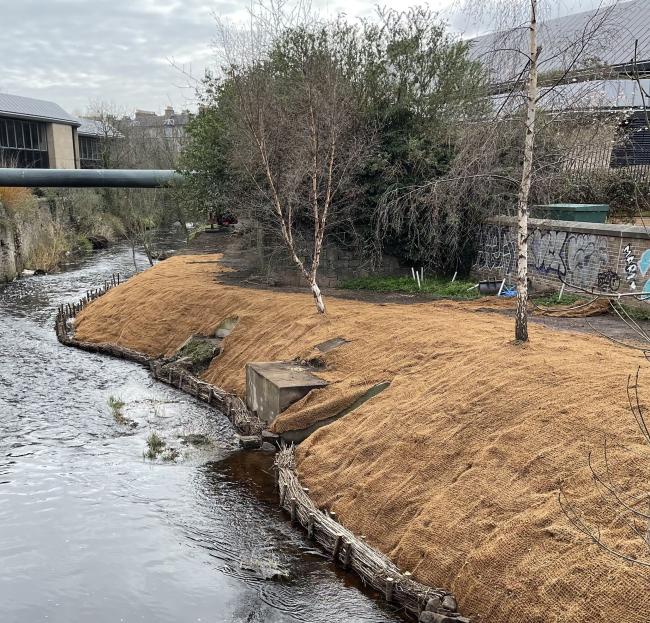
Tales of the riverbank
A recent walk down the Water of Leith’s Spurtleshire stretch, during a period of dry weather, revealed 1 CSO (on the Rocheid Path) in apparently damaged condition and becoming detached.
At Redbraes, on the first bend downstream from the weir, the eastern bank was strewn with sanitary products, wet wipes and shreds of paper. At several spots there was a discoloured scum mixed with lengths of plastic wrapping.
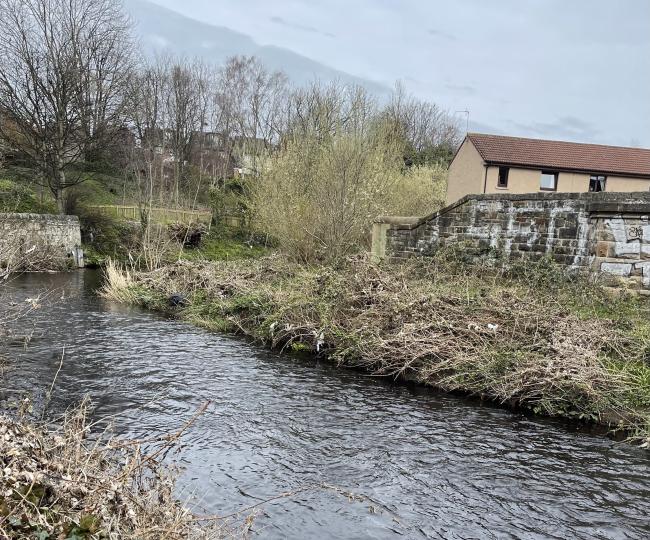
Further downstream, in Bonnington and Coalie Park, the water was streaked with something like cooking oil. There was a distinct smell of effluent.
Along the length of the river between Stockbridge and Leith, there are dozens of outfalls which Scottish Water does not recognise as CSOs.
Some of these may have been stopped up. Some, with water continuously trickling from them, seem to drain harmless burns. Some may direct surface run-off in wet weather. Others may be historic structures whose current connections are not recorded.
One way or another, however, this urban section of the river is where a great deal of urban detritus ends up. In March and April of this year alone, Water of Leith Conservation Trust volunteers have hauled ‘mountains of litter’ from the river on 15 occasions. When will it all end?
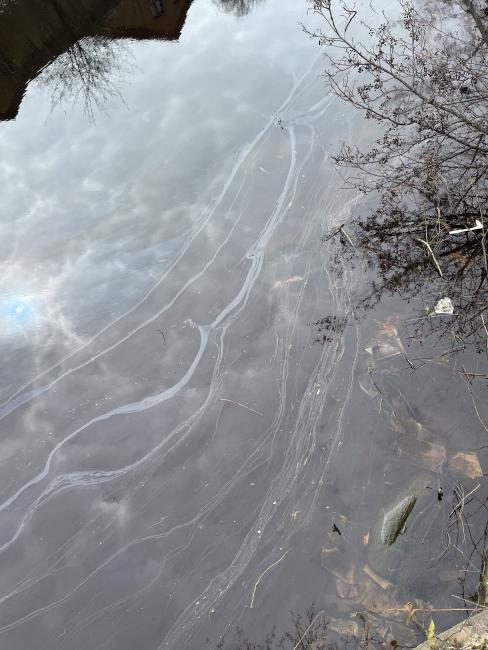
Wet response
Spurtle last addressed issues about how Edinburgh’s water is managed in an online article in November 2020. At that time, Edinburgh Council had just established the Edinburgh & Lothians Strategic Drainage Partnership in direct response to the climate emergency.
It was intended to secure more green and pleasant places for people, to improve biodiversity, reduce exposure to floods and improve water quality.
We applauded such worthy aspirations but were concerned that the Council had not appointed a coordinator to develop and implement the initiative and to access funding.
Spurtle recently asked for an update. In the last week, officers have told us no such funding has been secured and no such coordinator has been appointed. There is no obvious timetable to achieve either of these aims. This is disappointing. We wonder whether it results from shortage of money or low prioritisation, or both.
Toe in the water
However, officers do claim progress elsewhere in ELSDP’s establishment of a Blue-Green City Partnership working group between Edinburgh Council, Scottish Water and the Scottish Environment Protection Agency.
This will ‘develop the building blocks to enable collaborative planning and delivery of Blue-Green Infrastructure (BGI) across Edinburgh’. Developing building blocks does not sound much like progress to the Spurtle after two-and-a-half years, but we suppose one has to start somewhere.
In more tangible terms, activity has focused on influencing policy and guidance, development planning, and retrofit delivery:
- Influencing the Edinburgh 2030 City Plan by requiring water management for site briefs in future developments.
- Embedding CEC’s ‘Water Vision within a number of planned infrastructure projects’.
- Expanding the Leith Connections Active Travel project to include significant BGI.
- ‘Developing an approach to identify potential opportunities’ for BGI at a catchment scale within the Craigleith area. For this it has secured £90k funding from SUSTRANS and £35k from the Nature Restoration Fund.
Caldwell takes the plunge
‘Developing an approach to identify potential opportunities’ again reads like a very tentative toe dipped in the water. For those impatient to see substantive improvements, it does not sound like enough.
Councillor Caldwell’s motion to the Full Council on 4 May reflects this. Today he called for the Transport & Environment Cmte Convener to:
- write to the Scottish Govt, Scottish Water and SEPA outlining the Council’s major concern that no-one knows how much sewage is being dumped in Edinburgh’s biodiverse waterways, and request a 6-monthly update on installation of CSO monitors along with ongoing data on spill volumes
- invite Scottish Water to host a workshop discussion with interested councillors, key stakeholders (including SEPA and the Council) and campaign groups.
Spurtle welcomes Caldwell's introduction of political urgency and rigour to a policy area in danger of stagnating. We will continue to follow this matter with interest.
